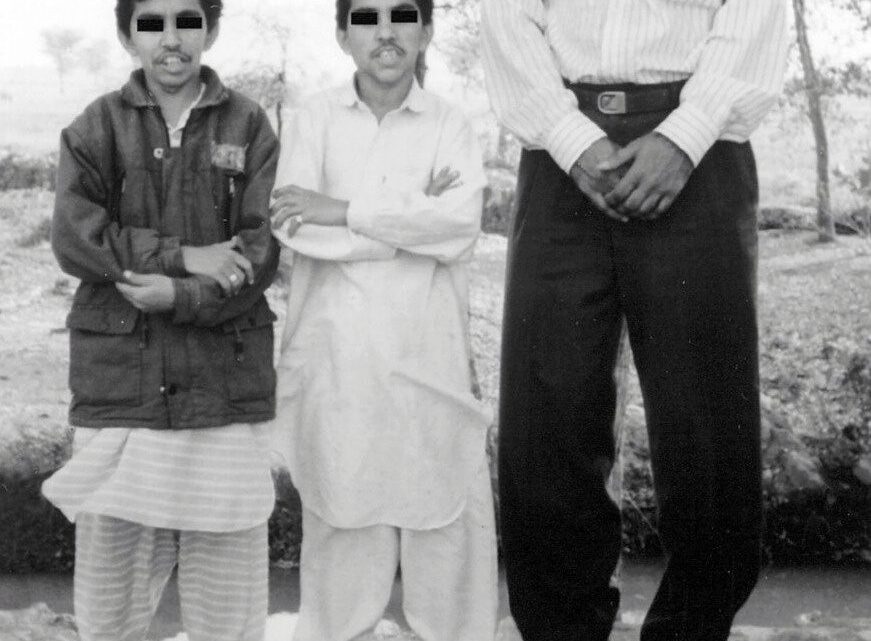Dwarfism of Sindh
January 18, 2011
Donald Platt points out an interesting case of dwarfism in Pakistan.
In 1994, an article appeared in a Pakistan newspaper, describing the existence of a cluster of familial dwarfism in two remote villages in the lower Indus valley. The subjects were perfectly proportioned and in good physical health displaying little or none of the negative effects of growth retardation. Acting upon this information two endicronologists, G. Maheshwari and G. Baumann, started an investigation into the genetic causes of this previously unknown form of dwarfism. The biochemical mediators responsible for genetic height achievement are poorly understood, and the cause of idiopathic short stature (people who are short with no known cause) is known only in a small minority of cases. Familial or genetic syndromes of short or tall stature can potentially shed light on what factors are important in the genetic determination of height.
With the oldest patient being 28 years old and the youngest only a few months, and no other known cases, the Dwarfism of Sindh could well be the result of a very recent genetic mutation. Are we perhaps witnessing evolution’s answer to our culturally inclined urge to grow ever larger?